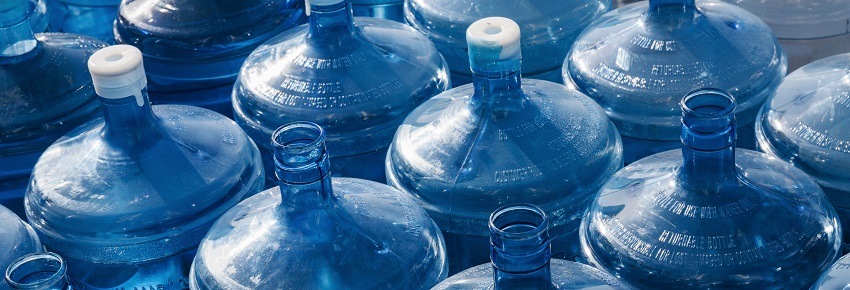All Types: compare multiple quotes from Agreed Suppliers
- Save time and money by letting us do the legwork for you
- We will look at the most suitable and competitive providers for you
- Our expert service is 100 % free with no-obligation
- Get the options to make an informed decision and get the best deal
Water coolers : Go green with atmospheric water generators
As the hard facts of the water crisis becomes more visible every day, it is important to make sure we still get a steady supply of pure drinking water without drying up the Earth’s resources. Fog fences and desalination plants are fairly common technologies nowadays, but there are solutions for residential homes too. An atmospheric water generator (AWG) needs certain atmospheric conditions to work properly, yet it is an interesting and efficient technology to replace or supplement your traditional water supply.

How does it work?
Although atmospheric water generators may sound like a futuristic and complex technology, their basic principle is fairly simple. However, an AWG only works under specific conditions.
Functioning of an atmospheric water generator
An atmospheric water generator uses the natural process of condensation through dehumidification. An electric coil is cooled, and the warmer air passing over it condenses into liquid water, which is then stored in a tank and filtered (passing through an activated carbon cartridge and sometimes a UV light chamber). It is then perfectly pure and safe to drink. The mains water supply can also be connected to the tank. This way, when the tank is empty, you can still enjoy filtered water. Separate tanks for hot and cold water are a welcome option too.
Required atmospheric conditions
To ensure condensation occurs, air humidity must be over 40%, the ambient air temperature above 35°F (1.5°C), and the altitude below 4,000 feet. Under temperate climate, these conditions are easily met, indoors at least.
Who is an atmospheric water generator suitable for?
Condensing water is a simple process, but it takes time. Atmospheric water generators cannot supply instant water: if the storing tank is empty, and not connected to the mains, then you are out of water. It is also more expensive than a regular domestic filtration system. That’s why you should consider the following criteria before purchasing one.
How much water can it produce?
Depending on atmospheric conditions, the condensed amount of water can be anywhere between 1 and 12 gallons a day. Although it may be enough for a small family’s drinking and cooking needs, it is definitely not for an entire household’s overall water consumption. This means you can’t consider an atmospheric water generator as your sole water source.
Energy consumption
An AWG needs a significant amount of electricity to work (300-1200 watts). This is equivalent to a desktop PC, or a complete home entertainment system.
Overall cost
Prices usually range from £750 to £1,000, more for high-end generators. You must also take into account the cost of electricity. Before buying, run a cost analysis and compare models. For instance, the DewPointe DH9 claims a cost breakdown of £.45 per gallon while the Ecoloblue 28 claims £.15. For comparison purposes, water dispenser bottles delivered to your door come at around £1 per gallon, while the average household water bill in the UK is of £390 a year, for an estimated 160 litres daily. Overall, these systems remain more expensive than traditional domestic water filters.
Atmospheric water generators are still a recent technology but they are a great idea to reduce your municipal water consumption and protect the planet.
Discover the buying guide for Water coolers
-
Bottled water coolers: a simple and cheap solution for your company

-
Warm up to hot water dispensers

-
Water dispenser choices: hot or cold, freestanding or countertop

-
Plumbed-in water coolers: a sensible solution

-
Choosing your water cooler: bottled vs. plumbed-in

-
Countertop water coolers: a refreshing alternative



